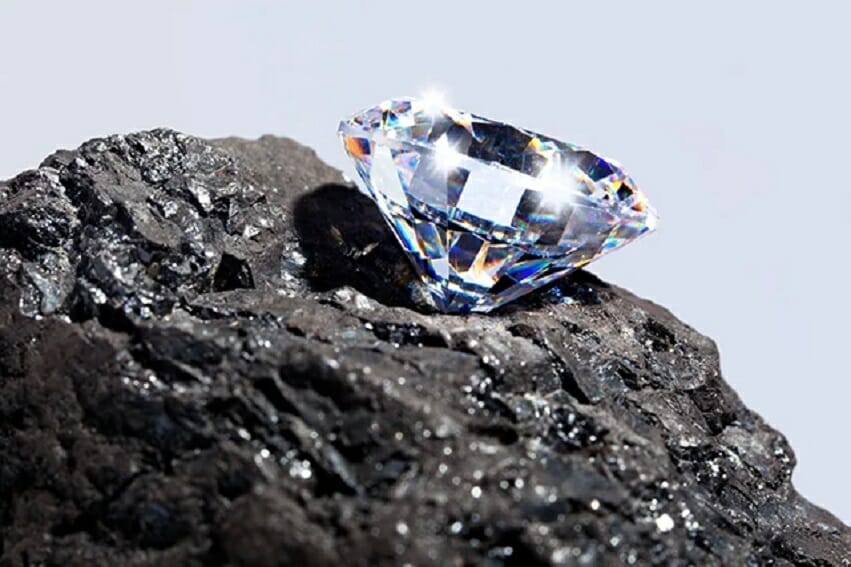Diamonds have become more affordable for the wider public year-on-year, thanks largely to the impact of chemical engineering. This has come in the form of new cutting-edge polymers that the C&EN states will reduce the impact on diamonds, reducing demand (and therefore cost), and also in the processes that produce synthetic diamonds. While diamond synthesis might not be able to produce the same incredible rocks that are sometimes unearthed even to this day, it does have an incredibly important part to play in the modern diamond industry, and chemical engineering is at the core of that.

Current techniques
The synthetic diamond as it exists today is built up from layering chemical layers using CVD (chemical vapor deposition). An important study review of diamond synthesis processes estimated that physical science, such as increased pressure and heat, would likely be the best way to continue development. There are numerous benefits to this process – it’s kind to the environment, it’s ethically sound, and there are, in the modern day, no discernible differences in quality between a natural and synthesized diamond, at least not for the average consumer. What’s more, the environmental benefits of diamond synthesis could be even greater with the development of technology that uses atmospheric carbon to contribute to the development of the gemstone.
Atmospheric diamonds
Those with an interest in astrophysics and extra-terrestrial chemical processes will be well aware of the diamond rain that Saturn and Jupiter experience. This might not be so far from reality on Earth, albeit in controlled circumstances. According to The Guardian, a UK-based firm has developed a process that plucks carbon atoms out of the atmosphere using the sun’s energy. Referred to as ‘mining the sky’, it uses solar energy to power a chamber wherein carbon dioxide gas is pumped onto a diamond seed, creating a rock identical to one that has grown in the Earth’s mantle. This is a carbon-negative process that still uses energy; sourcing it from renewable sources is offset, but science could take diamond synthesis one step further.
Future tech
A recent report by Science Daily highlighted work conducted by the NYU Tandon School of Engineering in which students had synthesized diamonds at room temperature. Atomically thin, 2D hexagonal boron nitrite can be layered together to create diamonds and, perhaps even more promisingly, can be used for various applications. The compound is so stable and resistant to various chemical and physical weathering, making it a strong candidate for industrial applications. While not the reality quite yet, this feat of chemical engineering poses an interesting future for diamonds.
Diamonds remain expensive, even as synthesis has vastly reduced cost. The enterprising work of scientists in the chemical engineering field will continue this trend in the coming years. For those in industry and for scientists, this is exciting news that will create new opportunities and a role for the diamond and its various forms in research.














